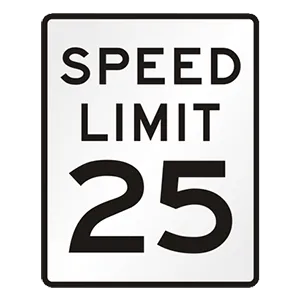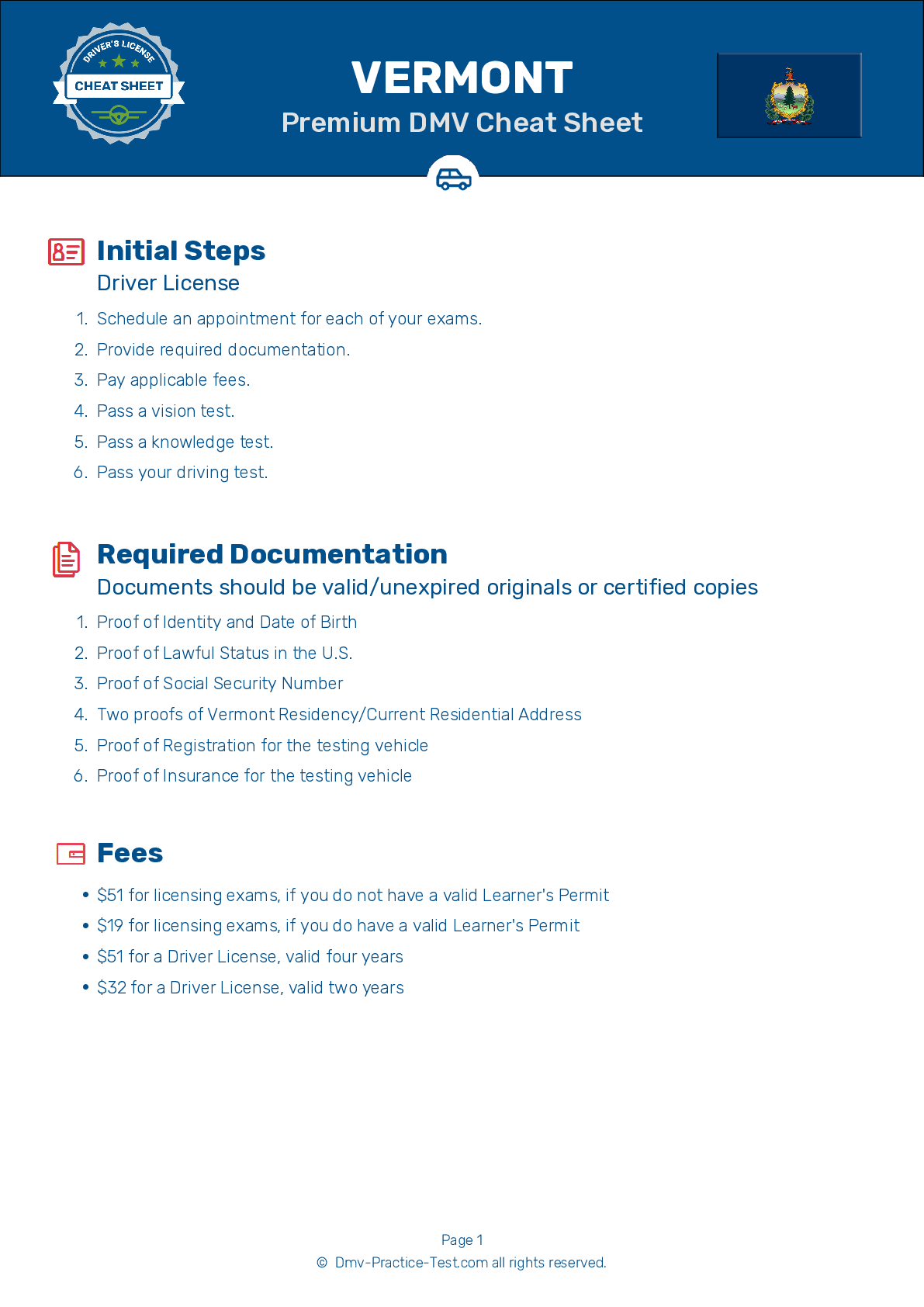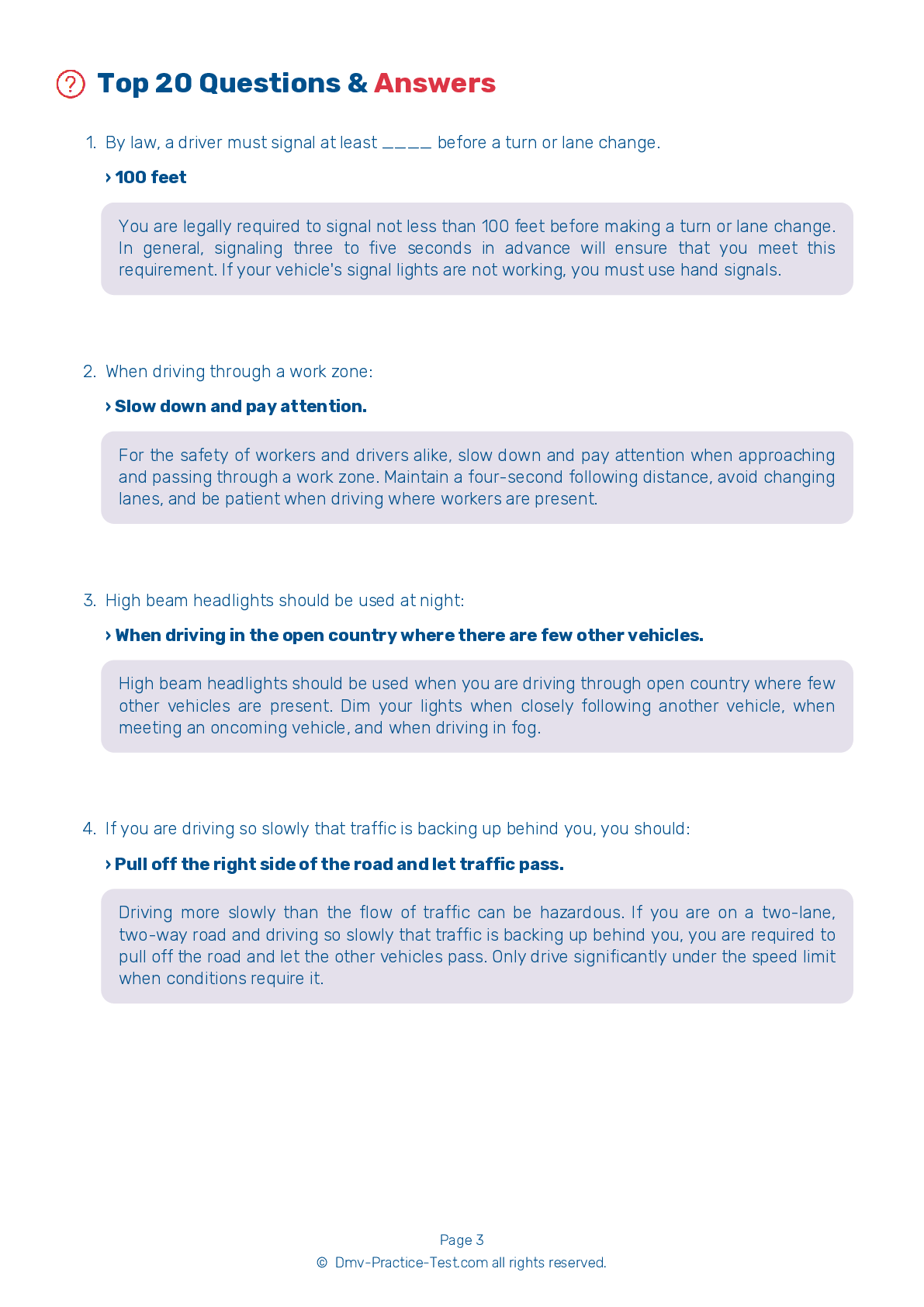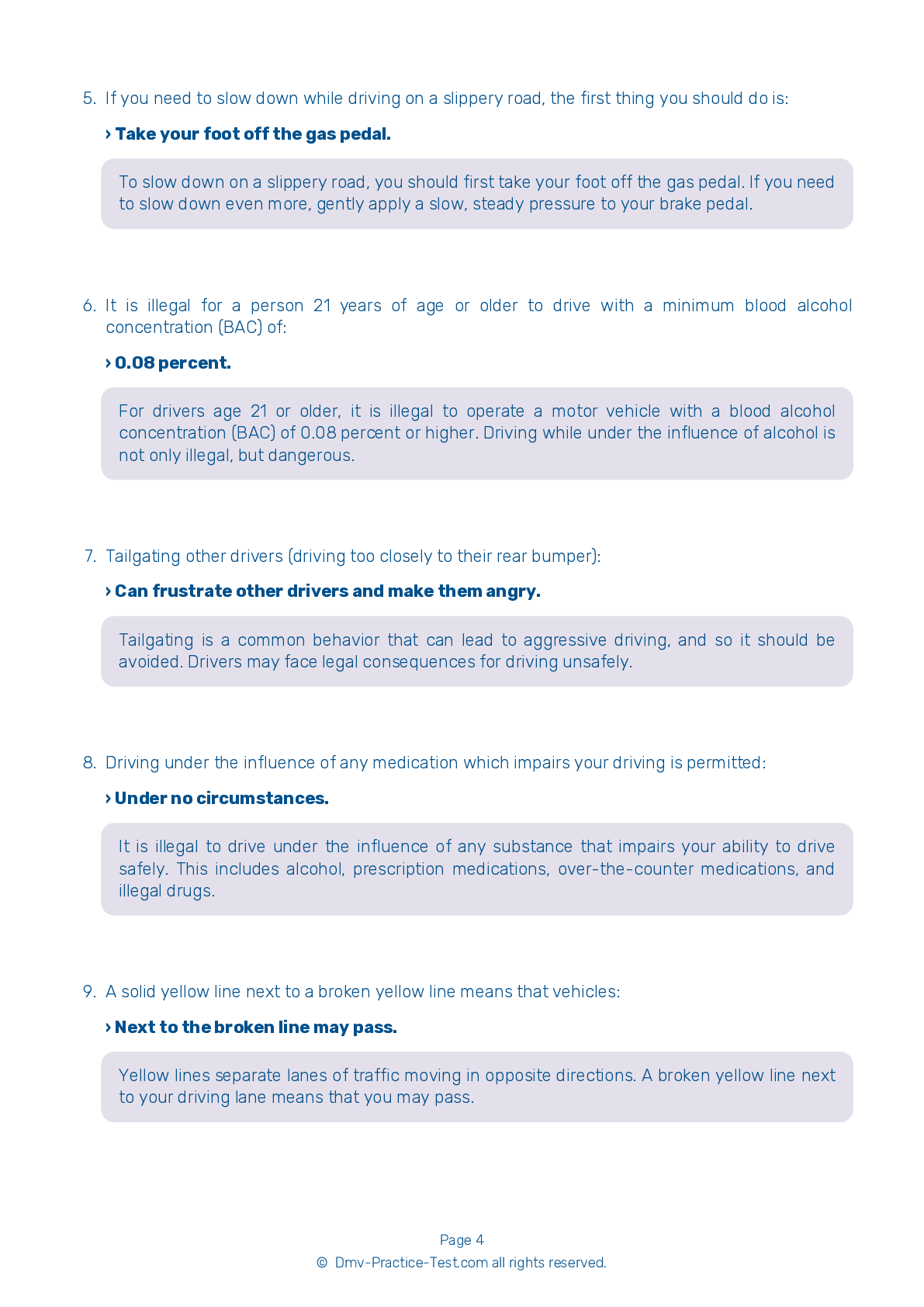FREE Vermont DMV Practice Test #6 Page 3 of 3
The Vermont DMV practise examinations have been updated for January 2025. It includes questions based on the Vermont Driver Handbook's most significant traffic signals and legislation for 2025. Use actual questions that are very similar (often identical!) to the DMV driving permit test and driver's licence exam to study for the DMV driving permit test and driver's licence exam.
On the practise exam, each question gets a tip and explanation to help you remember the concepts. The written component of the official Vermont DMV test will include questions about traffic rules, traffic signs, and driving statutes, as well as knowledge from the Driver Handbook.
To obtain a passing grade, you must correctly answer 16 of the 20 questions. Use the practise exam provided by the Vermont Department of Motor Vehicles to help you prepare for your instruction permit or driver's licence.
The DMV exam is available in several languages.
Using any kind of testing assistance will result in an automatic fail, and the DMV may take additional action against your driver's licence, so stay away from it.
14 . When driving on an interstate:
Signal, check your mirrors, and check your blind spot before changing lanes or passing on an interstate. Only stop on the shoulder of the interstate in the case of an emergency and change lanes as infrequently as possible. Cruise control should not be used in heavy traffic or under poor weather conditions.
15 . If a green arrow turns into a solid green light, you:
If a green arrow turns into a solid green light, you may still turn in the direction that the arrow was pointing but you must first yield to pedestrians and oncoming traffic.
16 . Which of the following commonly causes traffic accidents?
Driving too fast for conditions is a major cause of motor vehicle crashes. Being inattentive to surroundings can cause a driver to collide with other vehicles. Most rear-end collisions are caused by drivers following other vehicles too closely.
17 . The posted speed limit shows:

A speed limit sign shows the maximum legal driving speed for the stretch of highway where it is posted. Driving safely may require you to travel more slowly than the posted limit. When conditions are less than ideal, drivers should slow down.
18 . On a freeway, you realize you missed your turn or exit. You should:
If you miss your turn or exit, do not back up, but go on to the next turn or exit where you can safely turn around. It is illegal to back up on a shoulder or a freeway.
19 . A solid yellow line on your side of the centerline means:
A solid yellow line next to your lane means that passing is not permitted from your direction.
20 . What do speed limit signs indicate?
Speed limit signs indicate the maximum or minimum safe speed that is allowed to be driven on a roadway. The maximum limits are for ideal conditions and you must reduce your speed when conditions require it.
2025 Vermont | Frequently Asked Questions
1. Not checking mirrors and blind spots before changing lanes or turning.
2. Speeding or driving too slowly for the conditions or posted speed limit.
3. Not coming to a complete stop at stop signs or red lights.
4. Incorrect signalling or not signalling at all.
5. Poor parking, especially parallel parking.
Remember, practice makes perfect, so take time to hone your skills.



